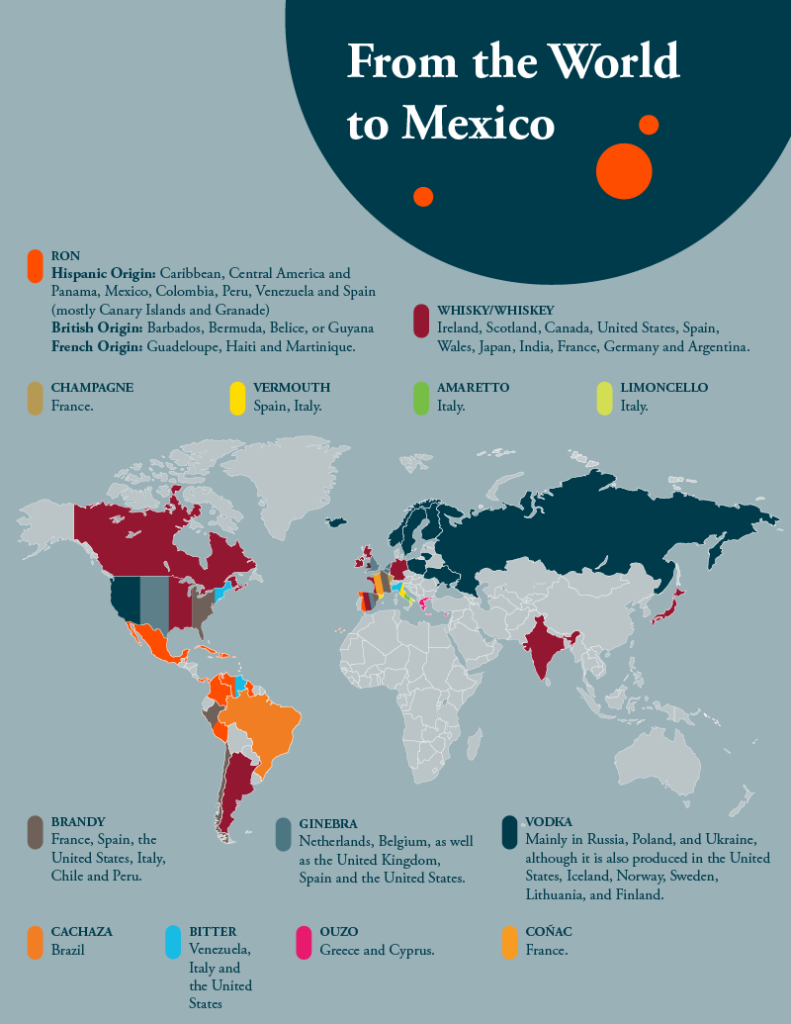Tradition
From the World To Mexico
✦ International spirits occupy a special place
weaving stories and flavors from faraway lands into Mexican tastes
In the melting pot of flavors and traditions that make up the Mexican heritage, international spirits occupy a special place.
From Scotch whisky to Caribbean rum, CIVyL brings together the leading companies in the production and marketing of spirits worldwide, guaranteeing diversity, quality and authenticity in every glass.
Rum
The Spirit of the Caribbean
Rum embodies the essence of the Caribbean, with its history and flavor as rich as the land it comes from.
Each variation tells the story of its origin, reflecting the skill and environment of its production. Rum is not just a beverage, but a journey through the history and culture of the places it represents.
The Spirit of the Caribbean
Rum embodies the essence of the Caribbean, with its history and flavor as rich as the land it comes from.
Each variation tells the story of its origin, reflecting the skill and environment of its production. Rum is not just a beverage, but a journey through the history and culture of the places it represents.
Its process
This distillate, created from sugar cane, offers a wide range of styles, from light white rum to rich dark rum.
Currently producing rums of Hispanic origin: Caribbean, Central America and Panama, Mexico, Colombia, Peru, Venezuela and Spain (mainly Canary Islands16 and Grenada); rums of British origin: Barbados, Bermuda, Belize and Guyana; and rums of French origin: Guadeloupe, Haiti and Martinique.
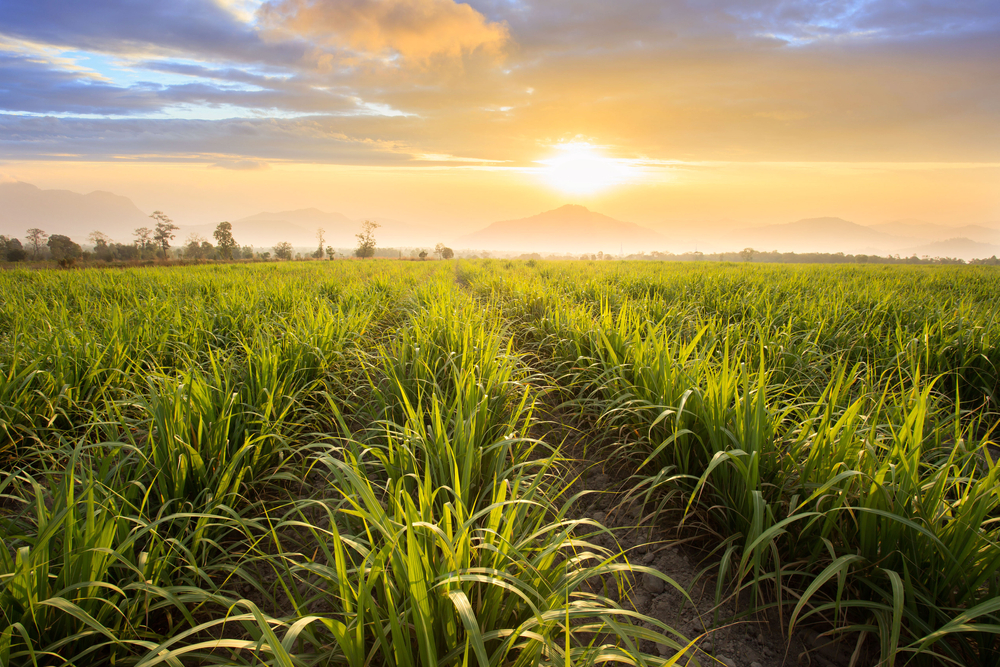
Did you know:
The first rum distillation in the Caribbean took place on sugar cane plantations in the 17th century.
Whisky/ Whiskey
Liquid elegance
Whisky is a celebration of tradition and time, each sip revealing the care and patience invested in its making, telling the story of its origin and transformation.
This drink, which ranges from strong Scotch whisky to smooth American bourbon.
Liquid elegance
Whisky is a celebration of tradition and time, each sip revealing the care and patience invested in its making, telling the story of its origin and transformation.
This drink, which ranges from strong Scotch whisky to smooth American bourbon.
Its process
Distilled from the malt of cereals such as barley, corn, wheat and rye, and then matured in wooden casks. The result is a testament to the art of distillation and aging, offering a rich sensory experience.
Whisky is produced in Canada, the United States, Scotland, Spain, Wales, Japan, Ireland, India, France, Germany and Argentina.
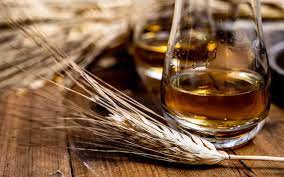
Did you know:
The first writing about whiskey dates back to 1405 in Ireland, where it was distilled by monks.It was also mentioned in Scotland in 1496.However, it is believed that whiskey had already existed for several hundred years.
Vodka
flavor that transcends
Vodka, with its history rooted in the Middle Ages, reflects the cultural and technical evolution of Russia, Poland and other vodka-producing countries.
Today, vodka remains a mainstay of mixology, offering a canvas for creativity and innovation in the spirits industry.
flavor that transcends
Vodka, with its history rooted in the Middle Ages, reflects the cultural and technical evolution of Russia, Poland and other vodka-producing countries.
Today, vodka remains a mainstay of mixology, offering a canvas for creativity and innovation in the spirits industry.
Its process:
It is generally produced through the fermentation of grains and other starch-rich plants such as rye, wheat and beets.
Its origin is Eastern European, mainly in Russia, Poland and Ukraine, although it is now also produced in the United States, Iceland, Norway, Sweden, Lithuania and Finland.
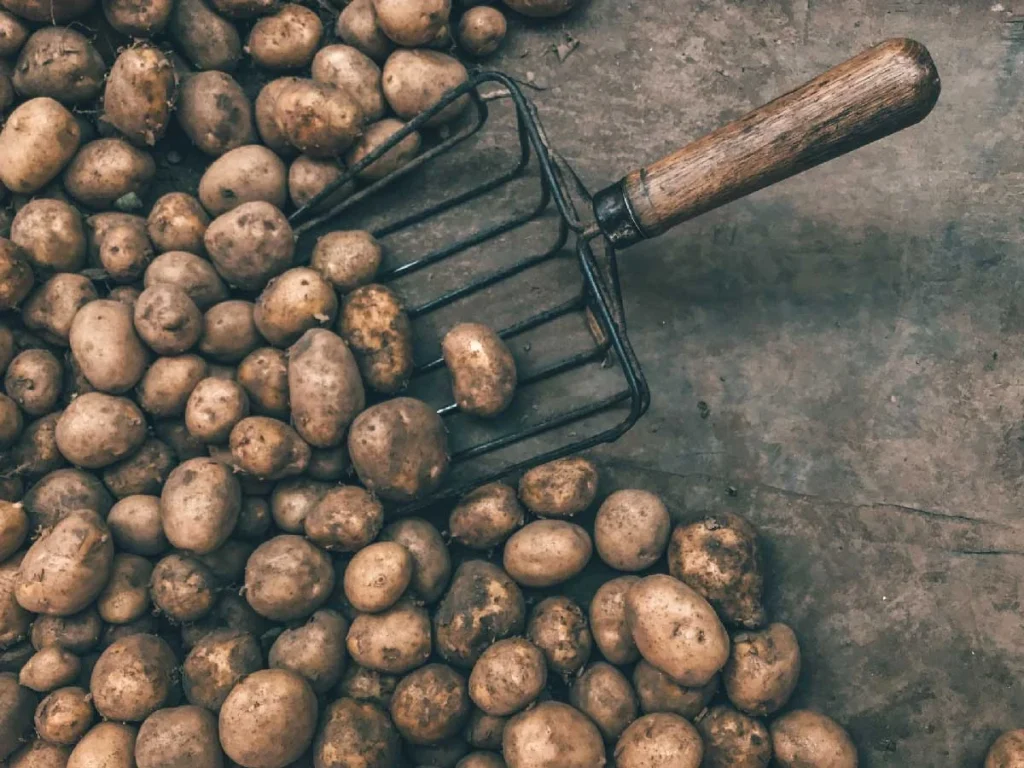
Did you know:
The name vodka is a diminutive of the Slavic word voda (water), which would therefore mean agüita.
Gin
The botanical revolution
Gin has traveled from the battlefields to become an icon of modern mixology, evolving from a remedy to a drink celebrated for its botanical diversity and artisanal creativity.
This rebirth of gin underscores its ability to adapt and thrive, serving as a bridge between tradition and innovation. Today, gin not only celebrates its rich history, but also invites exploration and creativity in the world of beverages.
The botanical revolution
Gin has traveled from the battlefields to become an icon of modern mixology, evolving from a remedy to a drink celebrated for its botanical diversity and artisanal creativity.
This rebirth of gin underscores its ability to adapt and thrive, serving as a bridge between tradition and innovation. Today, gin not only celebrates its rich history, but also invites exploration and creativity in the world of beverages.
Its process
It comes directly from the distillation of cereals. Rye is usually used as a base, but barley or corn can also be used.
The main gin-producing countries are the Netherlands, where it was created, and Belgium, as well as the United Kingdom, although its production has also spread to other countries, most notably Spain and the United States.
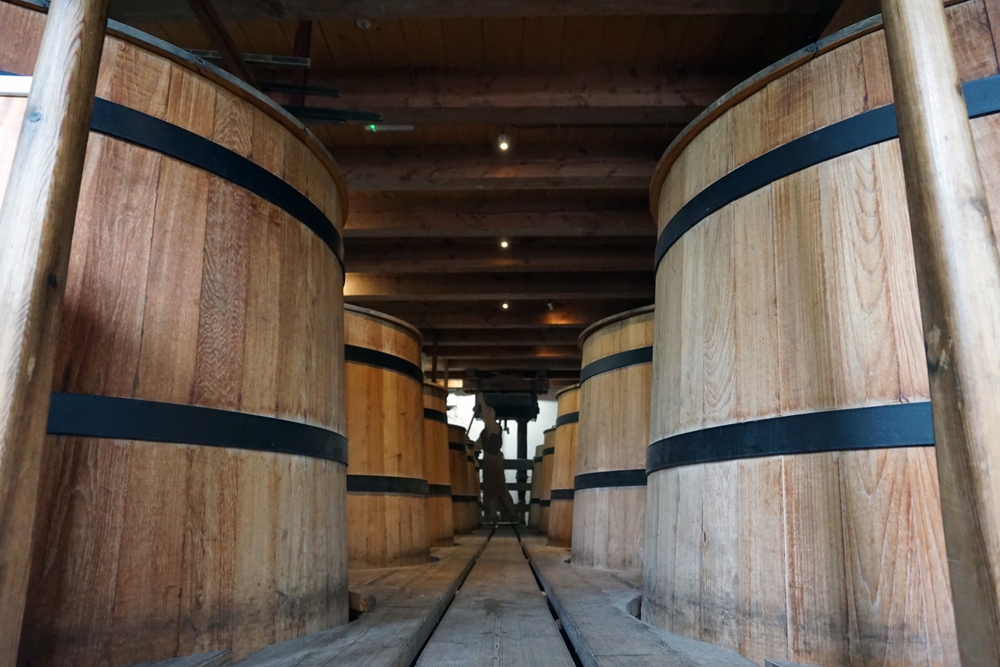
Did you know that:
Gin is flavored with juniper berries,which are often called “nebrinas.”.
Cognac
France's exclusive
Cognac is a type of brandy originating in the French region of Cognac, where the limestone rock of its soils becomes the substrate that gives this distillate an exquisite flavor and fragrance.
France's exclusive
Cognac is a type of brandy originating in the French region of Cognac, where the limestone rock of its soils becomes the substrate that gives this distillate an exquisite flavor and fragrance.
Its process
It is made exclusively from white grapes that are known for their superior aromatic properties, with a double distillation and maturation process of at least two years.
The grape varieties used in its production are grown in the Cognac region, in the French department of Charente.
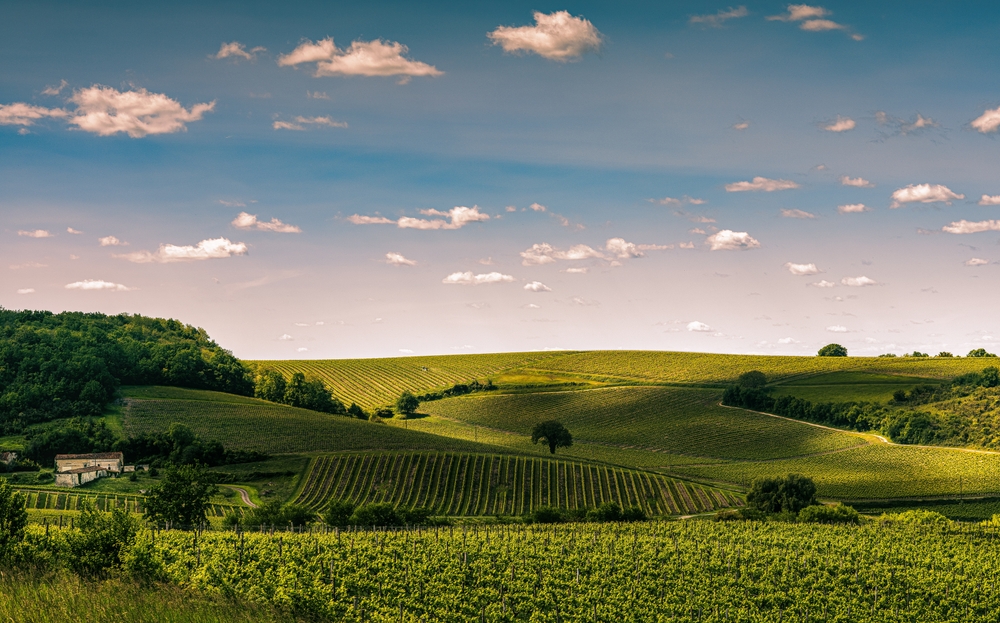
Did you know that:
In 1936, Cognac became an “appellation d’origine contrôlée,” meaning that no Spanish or French wine derivative that does not come from the Cognac region (France) can adopt its name.
BRANDY
Distillation of tradition and flavor
Brandy is an exquisite alcoholic beverage obtained from the distillation of wine, with a rich history that has turned it into a renowned liqueur, appreciated for its aromatic and gustatory complexity.
Distillation of tradition and flavor
Brandy is an exquisite alcoholic beverage obtained from the distillation of wine, with a rich history that has turned it into a renowned liqueur, appreciated for its aromatic and gustatory complexity.
Its process:
It begins with the distillation of the wine to extract its alcoholic content, followed by a crucial period of aging in oak barrels.
With an alcohol content of between 36 and 45 degrees, brandy is distinguished by its aging in oak barrels, which gives it a unique flavor, softening the burnt notes and enriching it with the depth of the wood.
Brandy is produced in France, Spain, the United States, Italy, Chile and Peru.
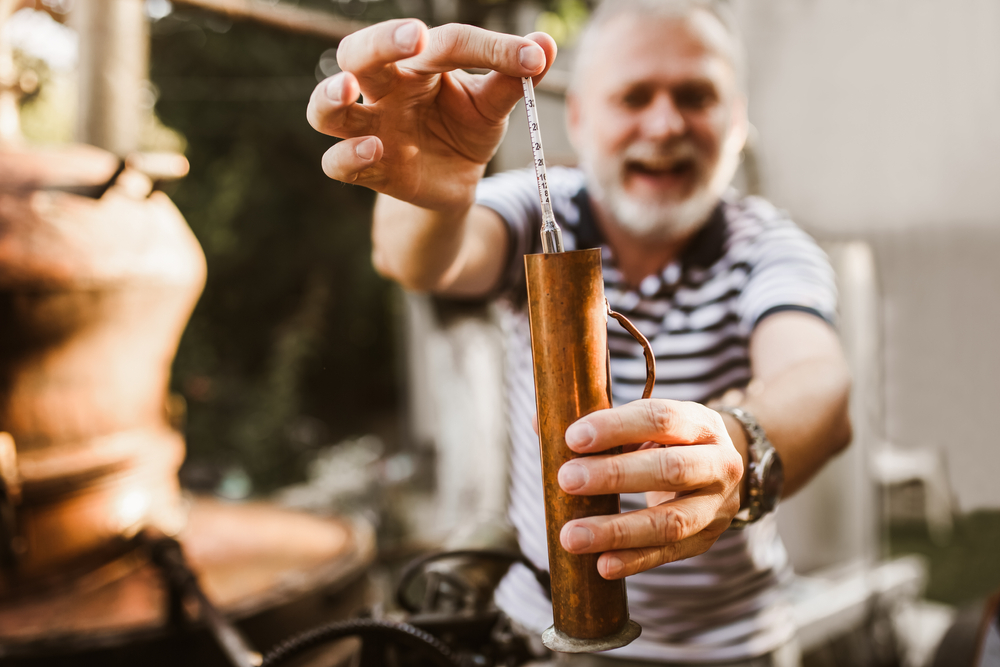
Did you know:
The word ¨brandy¨ comes from the Dutch ¨brandewijn¨, meaning ¨burnt wine¨. This term was originally used to describe wine that had been distilled to preserve it during its transport by sea.
VERMOUTH
Aromatized wine
It is an alcoholic beverage categorized as a fortified wine that evolved from being a medicinal potion to become a drink appreciated for its versatility in cocktails, giving rise to classics such as the Martini and the Negroni.
Aromatized wine
It is an alcoholic beverage categorized as a fortified wine that evolved from being a medicinal potion to become a drink appreciated for its versatility in cocktails, giving rise to classics such as the Martini and the Negroni.
Its process
It is composed of a fortified wine base (with a distillate added) which is then infused with a mixture of aromatic herbs, including wormwood.
Produced in Spain and Italy

Did you know:
One of the most important herbs in the original recipe for this distillate is wormwood (Artemisia absinthium), from which the term ¨vermouth¨ derives, as ¨wermut¨ is the German word for wormwood.
Amaretto
Almond sweetness
Amaretto is enjoyed all over the world, either on its own, as part of a cocktail, or even in cooking and baking recipes, offering a touch of Italian sweetness that evokes its rich legend of origin.
Almond sweetness
Amaretto is enjoyed all over the world, either on its own, as part of a cocktail, or even in cooking and baking recipes, offering a touch of Italian sweetness that evokes its rich legend of origin.
Its process:
It is produced by macerating almonds or fruit pits such as apricots in alcohol, and then mixing it with sugar. Finally, it is filtered and bottled.
Amaretto originated in Saronno, a small town near Milan, Italy; hence it is known as amaretto di Saronno.
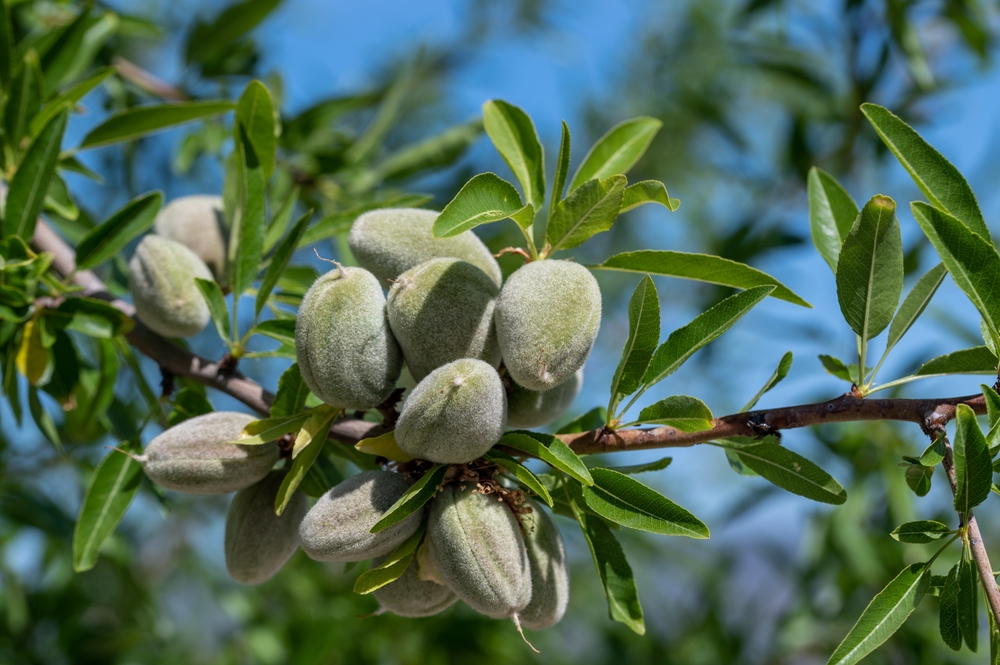
Did you know:
Some Amaretto producers use apricots or cherry pits to obtain its characteristic flavor.
This is because the kernels of these fruits contain amygdalin, a compound that tastes similar to almonds.
Limoncello
Intense and refreshing
It is one of the most widely drunk fruit liqueurs in Italy. It is made from the peels of fresh lemons and is commonly enjoyed as a digestive, served chilled.
Intense and refreshing
It is one of the most widely drunk fruit liqueurs in Italy. It is made from the peels of fresh lemons and is commonly enjoyed as a digestive, served chilled.
Its process
It is made by macerating the peels in alcohol, usually brandy, for several weeks before mixing it with a syrup of water and sugar, which extracts the essential oils, giving limoncello its characteristic flavor.
Native to southern Italy, especially the region around the Gulf of Naples, the Amalfi coast, Capri and Sicily.
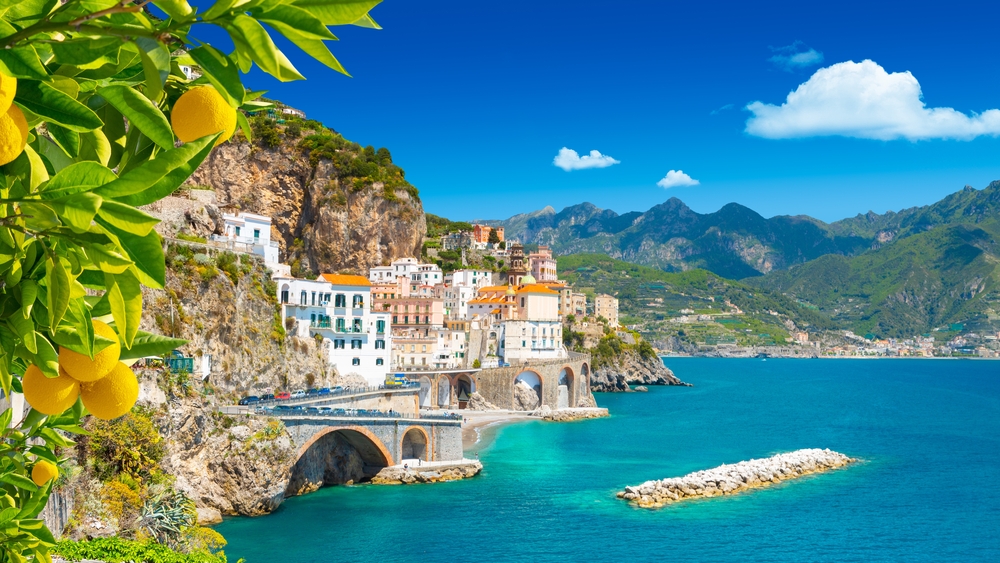
Did you know that:
Limoncello is one of the liqueurs with the most culinary applications as it is used in the preparation of sorbets, ice creams, cakes, sweet and savory dishes.
Champagne
Luxury bubbles
Champagne is a type of sparkling wine that symbolizes celebration and exclusivity.
Luxury bubbles
Champagne is a type of sparkling wine that symbolizes celebration and exclusivity.
Its process
It is made mainly from a blend of Chardonnay, Pinot Noir and Pinot Meunier grapes. Its elaboration includes a second fermentation in a bottle, where sugar and yeast are added to produce natural bubbles. This process is known as the “méthode champenoise”.
Originating from the Champagne region in northeastern France.

Did you know that:
On June 29, 1936, the Appellation d’Origine Contrôlée Champagne was recognized.
OUZO
Hellenic Elixir
Ouzo is a traditional aniseed liqueur from Greece, with a high alcoholic content and a distinctive aniseed flavor.
Hellenic Elixir
Ouzo is a traditional aniseed liqueur from Greece, with a high alcoholic content and a distinctive aniseed flavor.
Its process
it is made by distilling neutral alcohol together with anise seeds, as well as other herbs and spices, such as fennel and licorice, and then diluted with water, which results in its characteristic milky appearance.
is currently produced exclusively in Greece and Cyprus
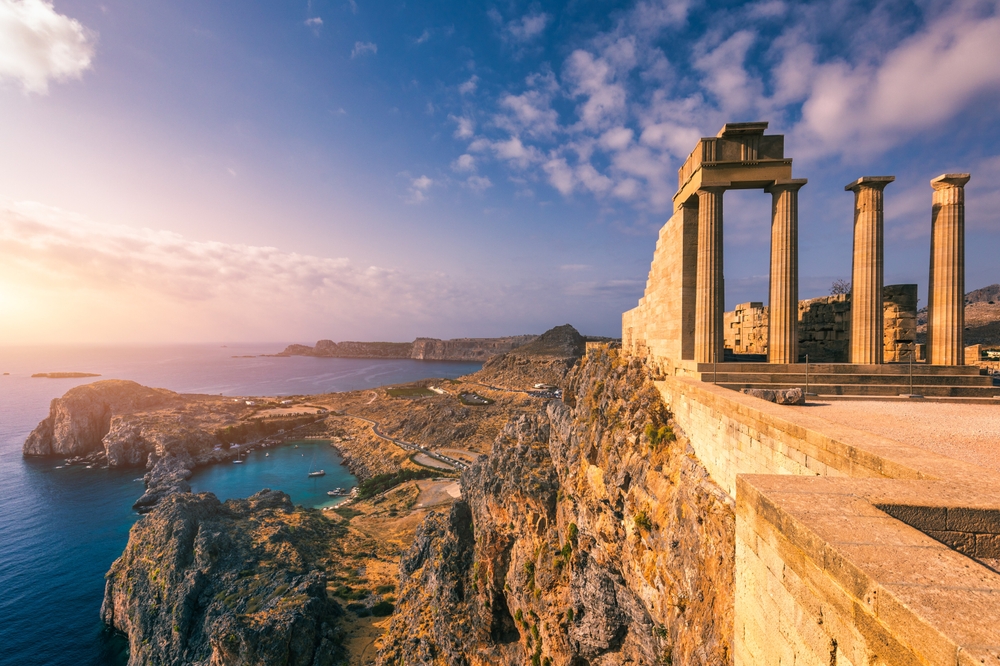
Did you know that:
Ouzo takes on its characteristic milky appearance when diluted with water due to the formation of microdroplets of anise essential oil, known as ¨louche¨.
CACHAZA
Symbol of carioca party
Cachaça (cachaça in Portuguese) is a distilled alcoholic beverage from Brazil, the main ingredient of the famous Brazilian cocktail “caipirinha” and one of the most consumed distillates in the world.
Symbol of carioca party
Cachaça (cachaça in Portuguese) is a distilled alcoholic beverage from Brazil, the main ingredient of the famous Brazilian cocktail “caipirinha” and one of the most consumed distillates in the world.
Its process
It is obtained as a product of the distillation of fermented sugar cane juice. The production process involves fermentation of the cane juice, followed by distillation and often a period of aging in wooden barrels.
Originally from Brazil

Did you know:
Cachaça differs from rum in that it is made directly from fermented cane juice, while rum is made from molasses.
BITTERs
The perfect touch
Bitters are bitter and aromatic liqueur used mainly as an ingredient in cocktails, although they can also be consumed neat or on the rocks.
Before being popularized as essential ingredients in cocktails, bitters were originally developed as medicinal elixirs intended to improve digestion.
The perfect touch
Bitters are bitter and aromatic liqueur used mainly as an ingredient in cocktails, although they can also be consumed neat or on the rocks.
Before being popularized as essential ingredients in cocktails, bitters were originally developed as medicinal elixirs intended to improve digestion.
Its process
It is made by macerating herbs, spices, fruit bark and other botanical ingredients in alcohol, and then adding sugar and water.
Originating in Europe, especially Italy, Venezuela and the United States.
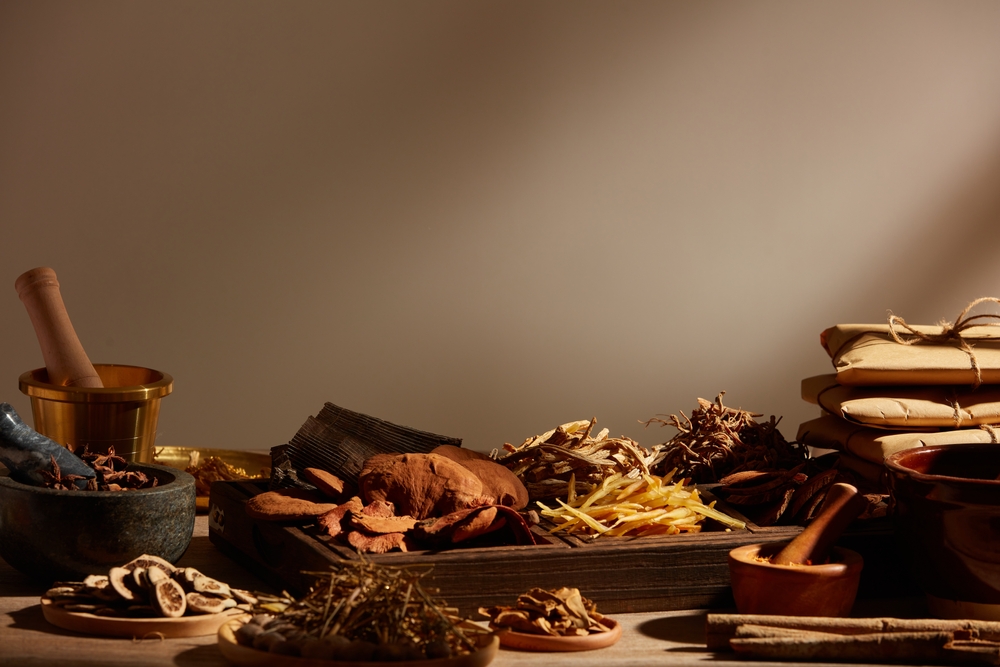
Did you know that:
Angostura Bitters, one of the most widely used bitters in cocktails, was invented in Venezuela by Dr. Johann Siegert, a Prussian military doctor enlisted in the army of Simon Bolivar’s liberation.

